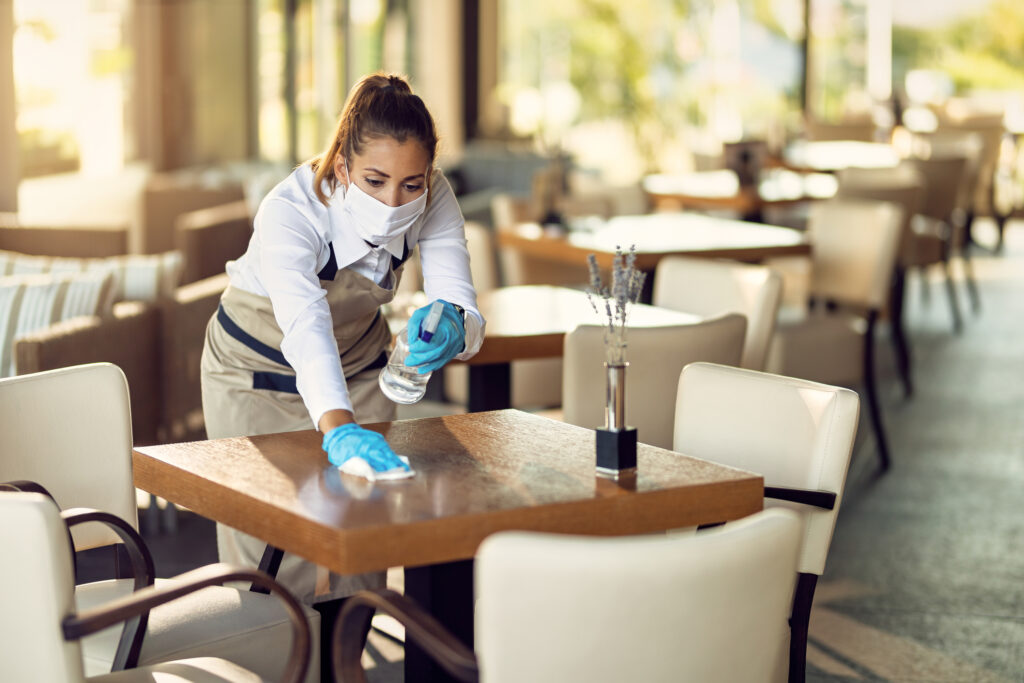Covid impact on Work Comp rates will be higher as businesses reopen.
Unemployment rates have gone up. From record lows to record highs in one dramatic swing. Therefore, a temporary effect we are seeing is a reduction in claims. This is because there are fewer people at work. As a result, this has a significant potential to mask claim trends that will change, once workers return. This is according to Liberty Mutual Global Risk Solutions division.
What will cause the Workers Compensation claims to go up?
- Returning employees may make more mistakes as they readapt to their work environments, which could result in more injuries.
- Businesses in some industries will hire relatively high numbers of new, untrained workers. Learning new processes and equipment will likely result in accidents and injuries.
- As employees return, we can expect an increase in claims from people who believe they have been exposed to COVID-19 at work. These upticks will be more likely in certain industries, such as manufacturing, where the workspace and type of work make social distancing and continuous cleaning more challenging.
Some states, such as California and Illinois, are enacting COVID-19 presumption laws, either through legislation or executive order, that provide WC benefits to employees who contract the virus while on the job. These regulations, which apply to different classes of workers depending on the state, will likely result in an increase in compensable WC claims.
In addition, Covid impact on Work Comp claims will add up the high medical bills for treatment we can expect.
However, the most significant drivers of future rate increases will likely be the continued rise in medical cost inflation combined with a prolonged low interest rate environment. This dynamic could have a major impact on loss ratios and margin erosion.
How to respond:
- Focus mitigation efforts on understanding key areas of loss with your operations.
- Provide proper training and adequate personal protective equipment (PPE).
- Follow social distancing guidelines to the best extent possible.

